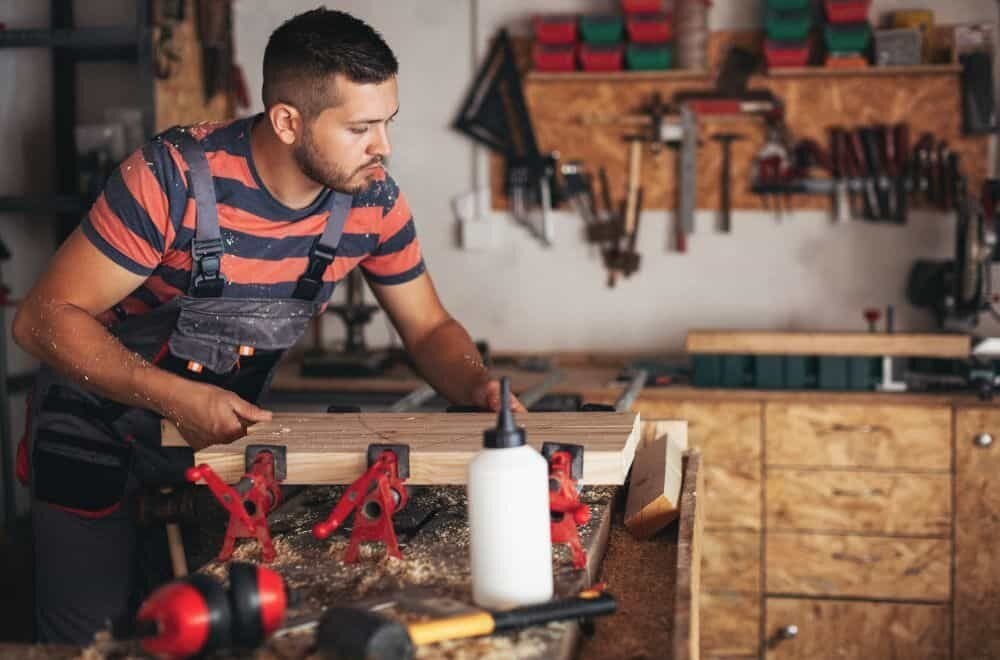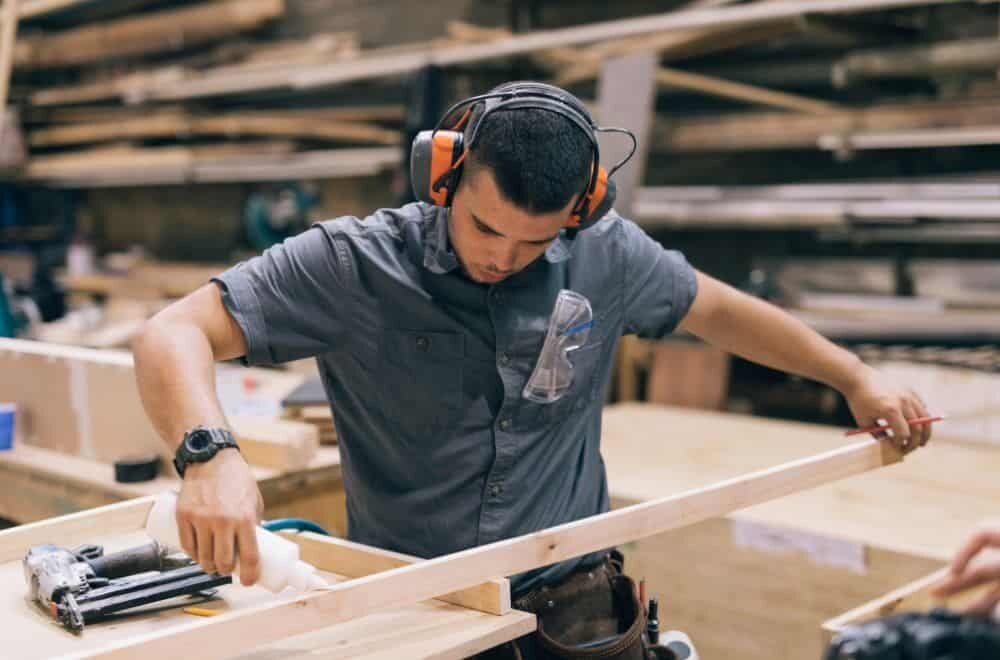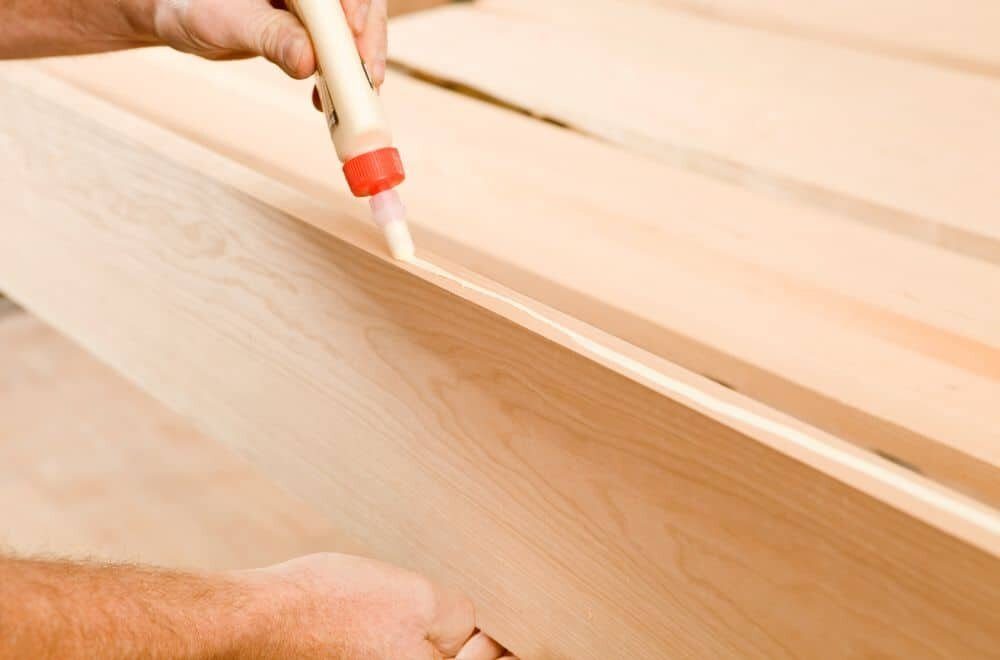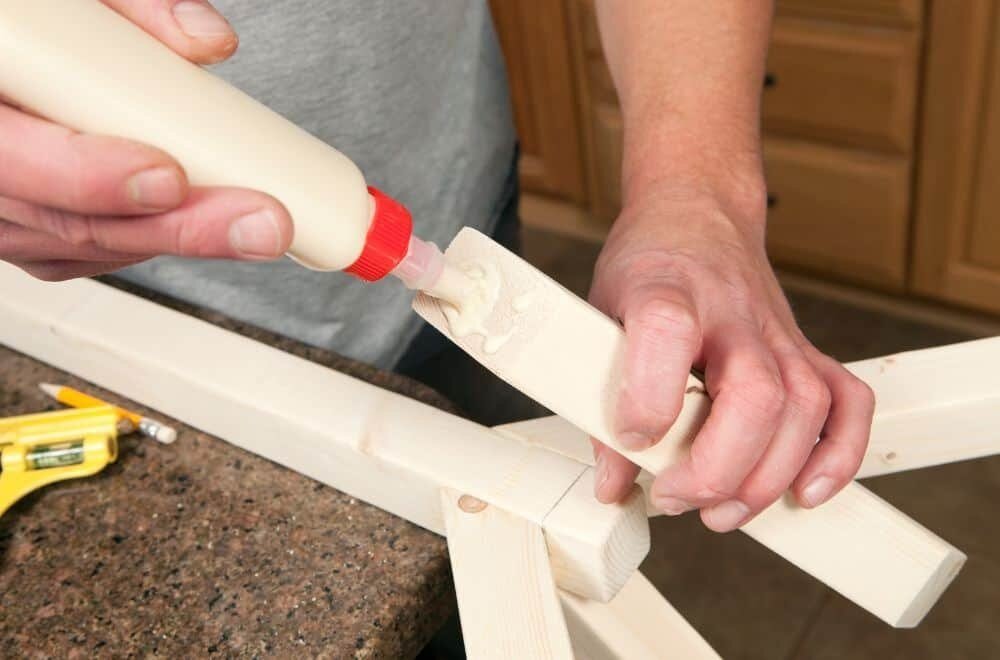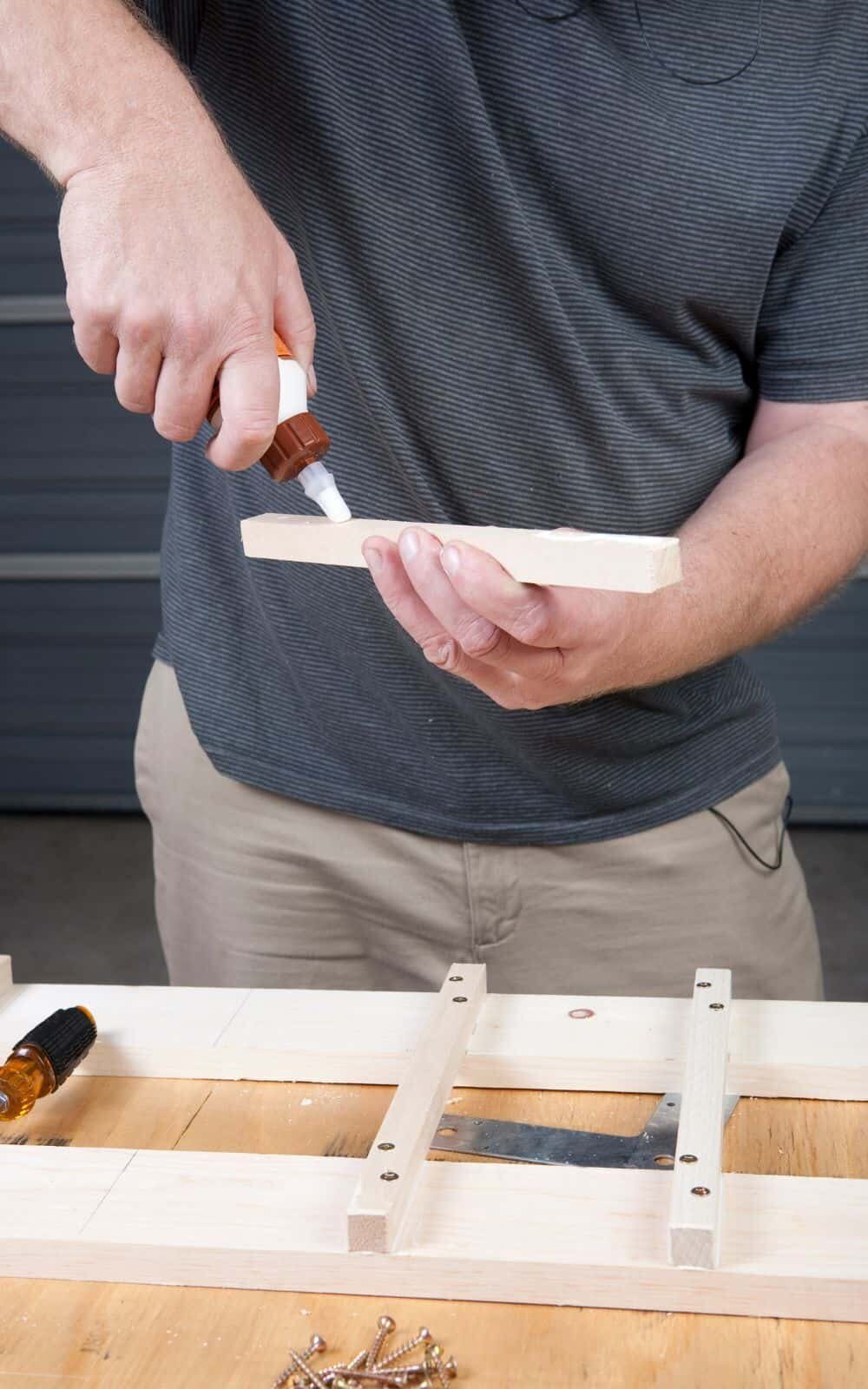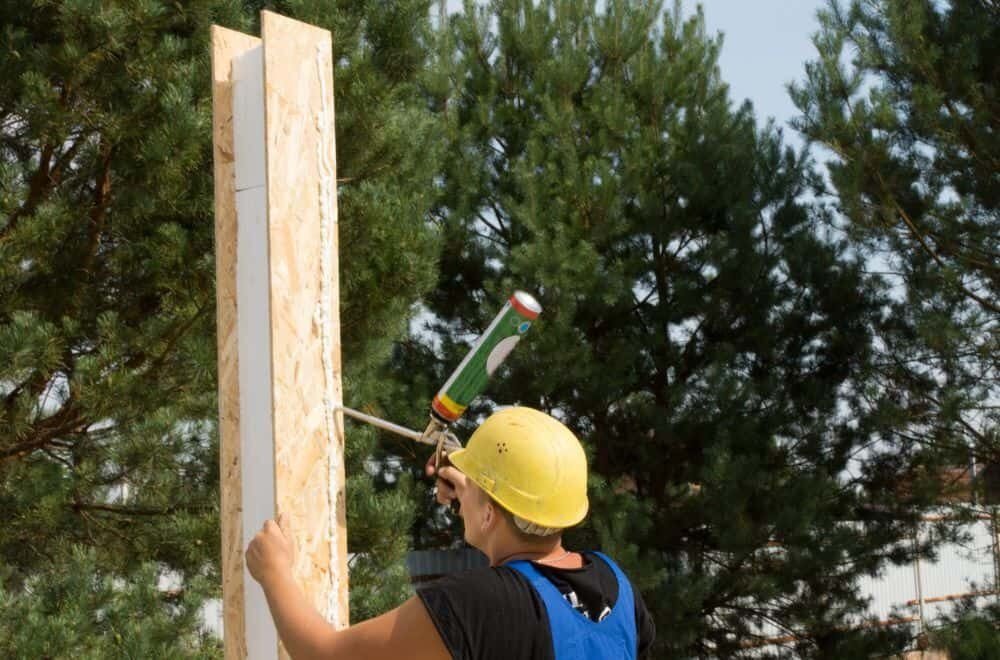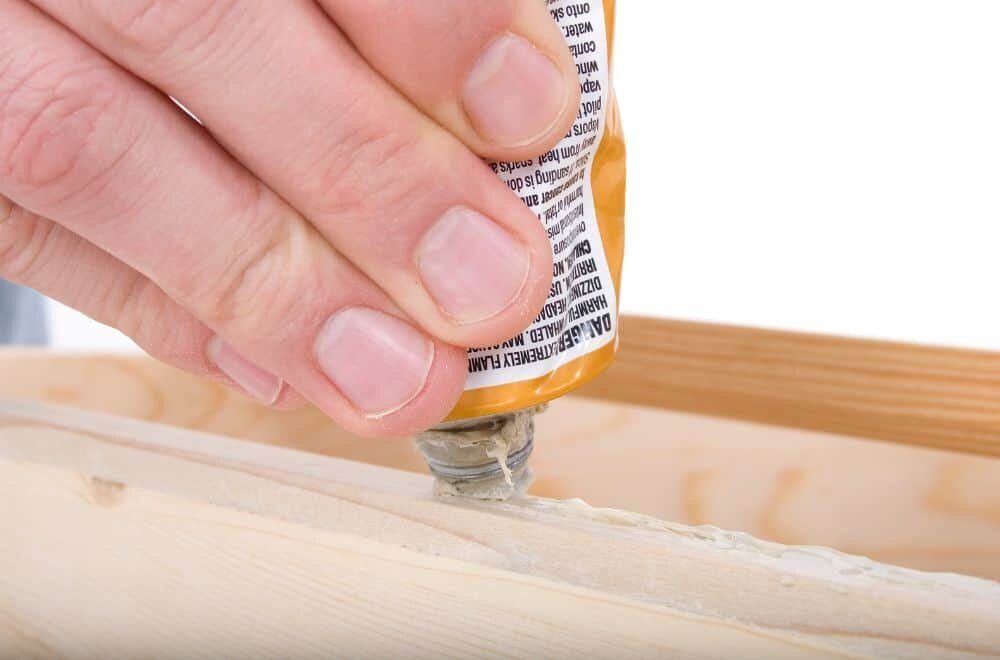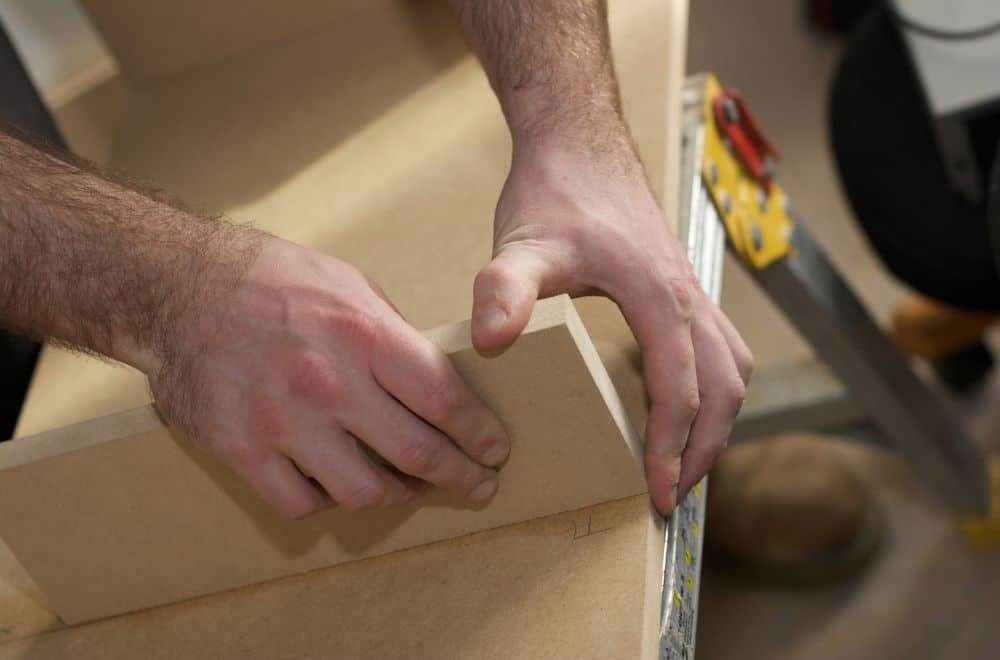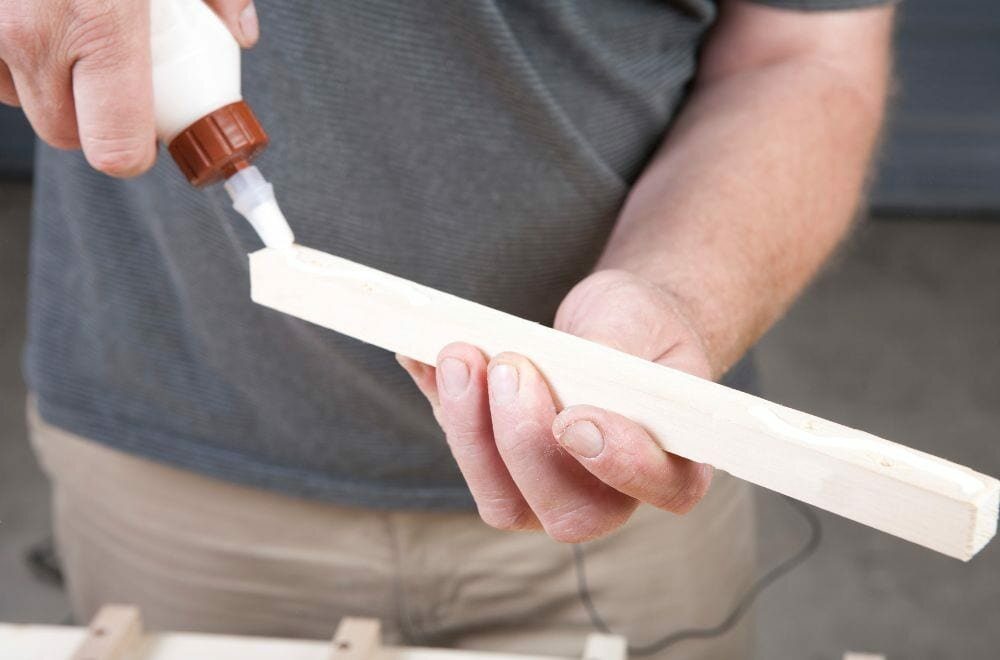Looking for the best fast-drying glue for wood? With so many options available, it can be challenging to determine which one is right for your project. Whether you’re a professional woodworker or a DIY enthusiast, having the right adhesive is crucial for ensuring your project’s success. In this article, we’ll explore some of the best fast-drying glues for wood available on the market today.
When it comes to fast-drying wood glue, there are several factors to consider. For starters, you’ll want to choose a glue that sets quickly to save time. Additionally, you’ll want to select an adhesive that is strong and durable enough to withstand the test of time. Finally, you’ll want to choose a glue that is easy to work with and doesn’t leave any unsightly residue behind. In the following paragraphs, we’ll take a closer look at some of the top fast-drying wood glues available and highlight their unique features.
Understanding Fast Drying Glue
When it comes to woodworking, fast drying glue is a must-have. It can save you a lot of time and effort, especially when you are working on a project with tight deadlines. However, not all fast drying glues are created equal, and it’s important to understand the different types of fast drying glue available on the market.
Cyanoacrylate Glue
Cyanoacrylate glue, also known as super glue, is a fast-drying adhesive that can set in as little as 10-30 seconds. It is great for bonding materials such as plastic, metal, and wood. However, it is not suitable for use on fabrics and other porous materials, as it can become brittle and break.
Epoxy Glue
Epoxy glue is a two-part adhesive that requires mixing before use. It can take anywhere from 5 minutes to 24 hours to dry, depending on the type of epoxy and the conditions it is used in. Epoxy glue is great for bonding wood, metal, and plastic, and it is also waterproof and heat-resistant.
Polyurethane Glue
Polyurethane glue is a one-part adhesive that reacts with moisture in the air to cure. It can take anywhere from 30 minutes to 24 hours to dry, depending on the thickness of the glue and the conditions it is used in. Polyurethane glue is great for bonding wood, metal, and plastic, and it is also waterproof and heat-resistant.
PVA Glue
PVA glue is a water-based adhesive that can take anywhere from 30 minutes to 24 hours to dry, depending on the thickness of the glue and the conditions it is used in. PVA glue is great for bonding wood, paper, and fabric, and it is also non-toxic and easy to clean up.
In conclusion, the type of fast drying glue you choose depends on the materials you are working with and the conditions you are working in. Consider the drying time, strength, and other properties of each type of glue before making your decision.
Top Fast Drying Glues for Wood
When working on a woodworking project, you need a glue that can bond quickly and securely. Fast-drying glues are the perfect solution for this. Here are some of the best fast-drying glues for wood:
Epoxy Resin
Epoxy resin is a two-part adhesive that is known for its strong and durable bond. It is ideal for bonding wood because it can fill gaps and is resistant to water and heat. Epoxy resin comes in two parts that must be mixed together before application. Once mixed, the adhesive sets quickly, so you must work fast. Here are some of the best epoxy resins for bonding wood:
| Product | Features |
|---|---|
| Gorilla Epoxy | Sets in 5 minutes, dries clear, waterproof |
| J-B Weld WoodWeld | Sets in 6 minutes, can be sanded, stained, or painted |
| Loctite Epoxy Extra Time | Sets in 30 minutes, can be sanded or painted, waterproof |
Cyanoacrylate
Cyanoacrylate, also known as super glue, is a fast-drying adhesive that is perfect for small woodworking projects. It is ideal for bonding small pieces of wood together and can also be used to fill gaps. Cyanoacrylate dries clear and is waterproof. Here are some of the best cyanoacrylate glues for woodworking:
| Product | Features |
|---|---|
| Gorilla Super Glue | Sets in 10-30 seconds, bonds in seconds, dries clear |
| Krazy Glue Maximum Bond | Sets in 10-30 seconds, bonds in seconds, dries clear |
| Loctite Super Glue | Sets in 10-30 seconds, bonds in seconds, dries clear |
Polyurethane
Polyurethane glue is a one-part adhesive that is perfect for bonding wood. It is waterproof and can be used to fill gaps. Polyurethane glue expands as it dries, so it is important to clamp the wood together while the glue is drying. Here are some of the best polyurethane glues for woodworking:
| Product | Features |
|---|---|
| Gorilla Wood Glue | Sets in 20-30 minutes, dries natural color, waterproof |
| Titebond III Ultimate Wood Glue | Sets in 10-15 minutes, dries natural color, waterproof |
| Elmer’s Carpenter’s Wood Glue Max | Sets in 20-30 minutes, dries natural color, waterproof |
These are some of the best fast-drying glues for wood. Choose the one that best suits your needs and enjoy a strong and durable bond.
Factors to Consider When Choosing Glue
When selecting a fast-drying glue for wood, there are several factors to consider to ensure you choose the right product for your project. Here are some key factors to keep in mind:
Drying Time
One of the primary benefits of fast-drying glue is that it significantly reduces the amount of time you need to wait for the glue to dry. However, it’s important to note that different types of fast-drying glue have varying drying times. Some types of glue may take only a few seconds to dry, while others may take several minutes. Be sure to select a glue that has a drying time that works for your specific project.
Strength
Another important factor to consider is the strength of the glue. You want a glue that will provide a strong, durable bond that can withstand the stresses and strains of use. Different types of glue have different levels of strength, so be sure to choose a glue that is appropriate for your project.
Weather Resistance
If your project will be exposed to the elements, it’s important to choose a glue that is weather-resistant. Some types of glue may break down or lose their adhesive properties when exposed to moisture or extreme temperatures. Be sure to select a glue that is designed to withstand the specific weather conditions your project will encounter.
Ease of Use
Finally, it’s important to choose a glue that is easy to use. Some types of glue may require special equipment or techniques to apply, while others may be more straightforward. Consider your level of experience with glue and choose a product that you feel comfortable using.
By keeping these factors in mind, you can select a fast-drying glue that will provide a strong, durable bond for your wood project.
Safety Precautions for Using Fast Drying Glue
When using fast drying glue, it is important to take certain safety precautions to avoid accidents and injuries. Here are some safety tips to keep in mind:
1. Wear Protective Gear
Fast drying glue can be harmful to your skin, eyes, and lungs. Therefore, it is important to wear protective gear such as gloves, safety glasses, and a respirator mask when using it. This will help prevent any accidental contact with the glue and protect your skin and eyes from irritation.
2. Work in a Well-Ventilated Area
Fast drying glue can release fumes that can be harmful to your health. Therefore, it is important to work in a well-ventilated area to prevent the buildup of fumes. Open windows and doors to allow fresh air to circulate and wear a respirator mask to avoid inhaling any harmful fumes.
3. Follow the Instructions Carefully
Different types of fast drying glue have different instructions for use. It is important to read and follow the instructions carefully to ensure that you are using the glue correctly. Using the glue incorrectly can result in a weak bond or damage to the materials you are working with.
4. Keep the Glue Out of Reach of Children and Pets
Fast drying glue can be harmful if ingested by children or pets. Therefore, it is important to keep it out of reach of children and pets. Store the glue in a secure place where children and pets cannot access it.
By following these safety precautions, you can ensure that you use fast drying glue safely and avoid any accidents or injuries.
How to Apply Fast Drying Glue on Wood
When working on a woodworking project, using the right glue is essential to ensure that the pieces are securely held together. Fast-drying glue is a popular choice for woodworkers who want to speed up the process of bonding pieces of wood. In this section, we will discuss how to apply fast-drying glue on wood.
Preparation
Before applying the glue, it is important to prepare the wood surface. Make sure that the surface is clean and dry. Any dirt or dust on the surface can affect the bonding process. You can use a clean cloth or a brush to remove any debris from the surface.
It is also important to ensure that the pieces of wood fit together properly before applying the glue. This will help to ensure that the bond is strong and secure. You can use clamps or weights to hold the pieces in place while the glue dries.
Application
When applying fast-drying glue, it is important to work quickly. Apply the glue to one surface of the wood and spread it evenly using a brush or a roller. Make sure that you apply enough glue to create a strong bond.
Once the glue has been applied, press the two surfaces together firmly. Use clamps or weights to hold the pieces in place while the glue dries. Be careful not to move the pieces while the glue is drying, as this can weaken the bond.
Finishing
After the glue has dried, you can remove any excess glue using a scraper or sandpaper. Sand the surface of the wood to ensure that it is smooth and even. You can then apply a finish to the wood, such as paint or varnish.
It is important to follow the manufacturer’s instructions when using fast-drying glue. Some types of glue may require a longer drying time or a different application method. Always wear protective gloves and goggles when working with glue to avoid skin and eye irritation.
By following these simple steps, you can ensure that your woodworking project is securely bonded using fast-drying glue.
Maintaining the Bond Over Time
Once you have found the best fast-drying glue for your wood project, it’s important to ensure that the bond remains strong over time. Here are some tips to help you maintain the bond:
Proper Clamping
When using fast-drying glue, it’s important to clamp the pieces together firmly until the glue has fully cured. This will help ensure that the bond is strong and long-lasting. Make sure to use the appropriate clamps for your project and follow the manufacturer’s instructions for clamping time.
Avoid Extreme Temperatures
Extreme temperatures can weaken the bond of your fast-drying glue. Avoid exposing your wood project to temperatures that are too hot or too cold. If you need to use your project in extreme temperatures, consider using a glue that is specifically designed for those conditions.
Regular Maintenance
Regular maintenance can help keep your wood project in top condition and prevent the bond from weakening. Keep your project clean and dry, and avoid exposing it to moisture or humidity. If you notice any signs of damage or weakening in the bond, address them promptly to prevent further damage.
Choose the Right Glue
Choosing the right glue for your project is key to maintaining the bond over time. Make sure to choose a glue that is specifically designed for wood and that is appropriate for the type of project you are working on. Consider factors such as the type of wood, the size and weight of the project, and the conditions the project will be exposed to.
By following these tips, you can help ensure that your fast-drying glue bond remains strong and long-lasting.
Frequently Asked Questions
What is the best glue for fast wood bonding?
When it comes to fast wood bonding, the best glue is one that dries quickly and forms a strong bond. There are many different types of glue that can be used for wood bonding, but the most popular ones are cyanoacrylate (super glue), polyurethane, and PVA (polyvinyl acetate) glue.
Which brand of fast drying wood glue is recommended?
There are many brands of fast drying wood glue available in the market. Some of the most recommended brands include Gorilla Wood Glue, Titebond III Ultimate Wood Glue, and Franklin International Titebond 1414 III Ultimate Wood Glue. These brands are known for their fast drying times and strong bonding capabilities.
What are the benefits of using a clear fast drying wood glue?
Clear fast drying wood glue has the advantage of being invisible when it dries. This makes it ideal for use in woodworking projects where the glue lines need to be hidden. Additionally, clear glue is water-resistant and can withstand exposure to moisture and humidity.
Can PVA wood glue be used for fast wood bonding?
PVA glue is not typically used for fast wood bonding as it takes longer to dry compared to other types of glue. However, there are some fast-drying PVA glues available in the market that can be used for wood bonding. These glues are usually labeled as “fast-drying” or “quick-drying” and can dry in as little as 30 minutes.
What are the advantages of using Titebond fast drying wood glue?
Titebond fast drying wood glue has several advantages over other types of glue. It dries quickly, forms a strong bond, and is water-resistant. Additionally, it is non-toxic and can be easily cleaned up with water.
How does super glue compare to fast drying wood glue for wood crafts?
Super glue, also known as cyanoacrylate glue, is a fast-drying adhesive that can be used for wood crafts. However, it is not recommended for use on larger wood projects as it can become brittle over time. Fast drying wood glue, on the other hand, is designed specifically for wood bonding and can provide a stronger and more durable bond.
